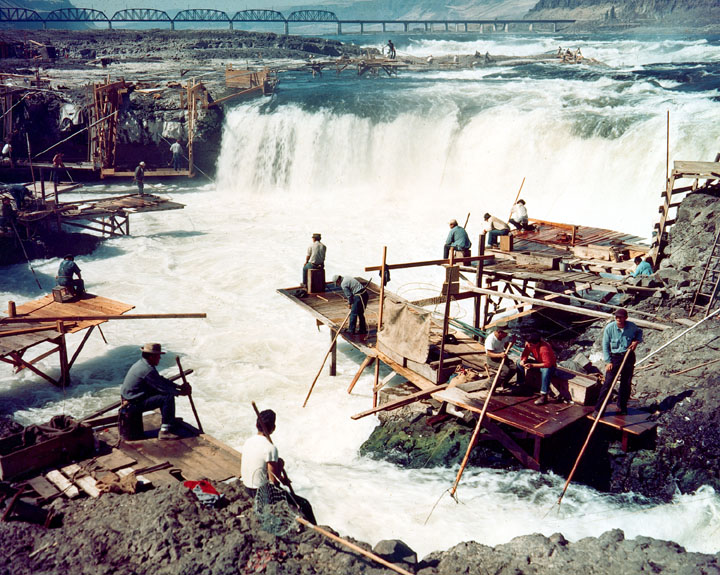As part of the follow-up work to the Hanford Environmental Dose Reconstruction (HEDR) Study, the Centers for Disease Control and Prevention contracted with RAC to screen the radionuclides released to the Columbia River during operation of the Hanford Site from 1944-1972 on the basis of health risk. The purpose of the work was to check that the doses calculated in the HEDR Study for 24Na, 32P, 65Zn, 76As, and 239Np were the most important radionuclides released to the river, because a review for the Agency for Toxic Substance and Disease Registry suggested this was not the case and that doses from 131I, 60Co, and 90Sr should also be calculated.
RAC developed and applied a two-stage, risk-based screening methodology to identify the most important radionuclides and exposure pathways for releases to the Columbia River from the Hanford Site. This methodology was reviewed by the National Academy of Sciences. A key focus of this work was to investigate doses to Native Americans who use the Columbia River as a primary source of food (both now and historically). RAC used dietary information and habit data provided by Native American tribes in the region to accomplish this task.
The findings from this work confirmed that the HEDR Study calculated doses for the most important radionuclides, specifically 32P, 65Zn, 76As, and 239Np. Our analysis did not support the suggestion that doses from 131I and 90Sr needed to be calculated, but there was merit to the inclusion of 60Co as a secondary priority and also 95Zr and possibly 137Cs. Our findings were in agreement with the HEDR Study that fish ingestion was the dominant exposure pathway for releases to the Columbia River.

